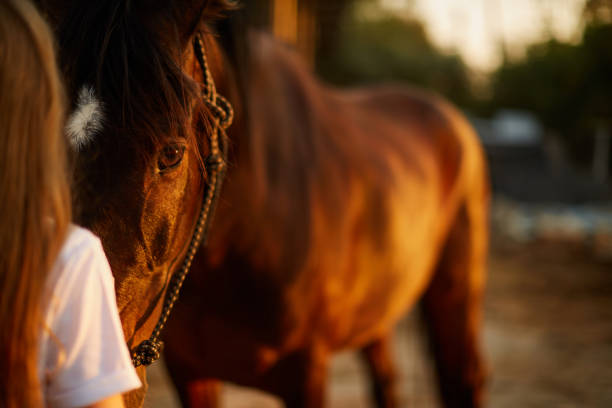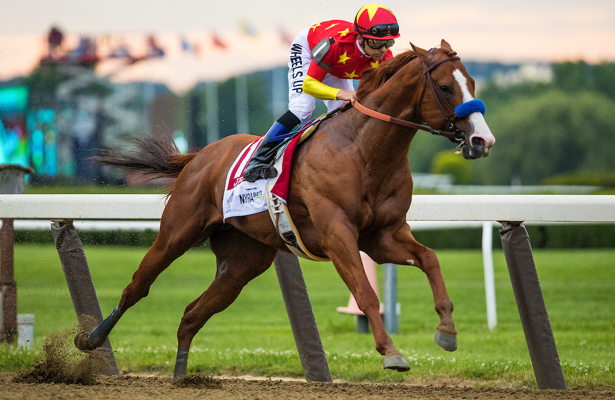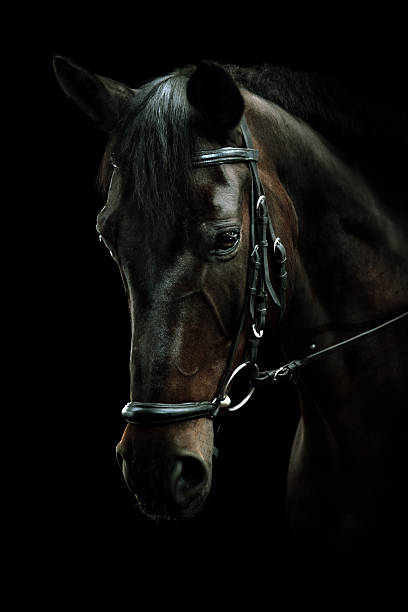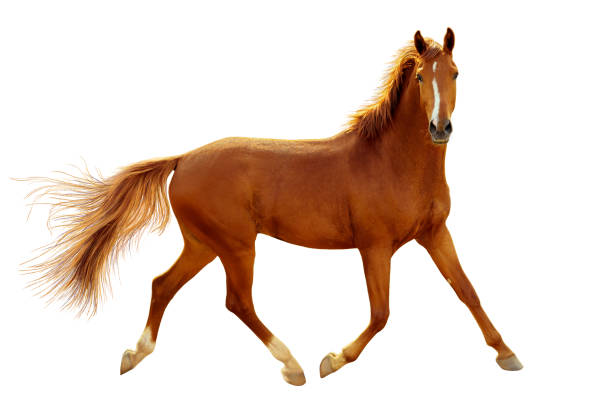
“Could dental pain be the cause of your horse’s behavior problems?” asked Jeff Hall DVM, senior veterinarian for Zoetis.
A study published in the Journal of Equine Veterinary Science found a link between common equine behaviour issues and abscessed cheek tooths. Horses are prone to periapical infections and abscessed cheek teeth. This can lead to pain in the horse’s behaviour. Research shows that half of all cases of periapical infection were discovered during routine dental exams. This indicates that horse owners did not know the link between dental pain and undesirable behaviour patterns.
Tooth Pain and Behavioral Problems
There are three types of common signs and symptoms that can be associated with cheek tooth abscesses:
Drinking and eating
- Slow eating or frequent pauses when eating hay.
- While he eats or drops hay or grain, he turns his head.
- Avoid drinking cold water by dipping hay in water
Bit-related
- Evading the bit
- Headshaking, lilting tongue or opening his mouth while riding or driving with a bit
- Reconcile contact on the other side of your mouth to make it worse
- Resistant to bridling
General
- He is withdrawn, stares intently, exhibits aggressive behaviour, or self-harms his head.
- Avoid social interaction with horses or other people.
Bad breath
- Performance problems, such as a decrease in athletic ability
- Your equine veterinarian should be consulted if your horse exhibits these behaviour signs. Additional examinations may be required depending on the horse’s age, performance level, and general condition of the teeth.
What to Expect During a Dental Exam
Dr Hall stated that sometimes horse owners hesitate to schedule their annual dental exam because they aren’t sure what the exam will look like and what their horse will feel. Your veterinarian should conduct routine, safe dental exams every year.
A comprehensive dental exam takes between 10 and 30 minutes. It includes:
Assess the horse’s external structures and soft tissues (e.g. lips, cheeks, and lymph nodes).
Examen the internal structures (e.g. tongue, palate, gums, cheeks).
Visualization and palpation for teeth
Veterinarians use a full mouth speculum during the examination. A full mouth speculum, similar to a harness, fits onto the horse’s head and has mouth plates that fit between the front teeth to keep the horse’s mouth open. This allows for more detailed visualization and palpation.




